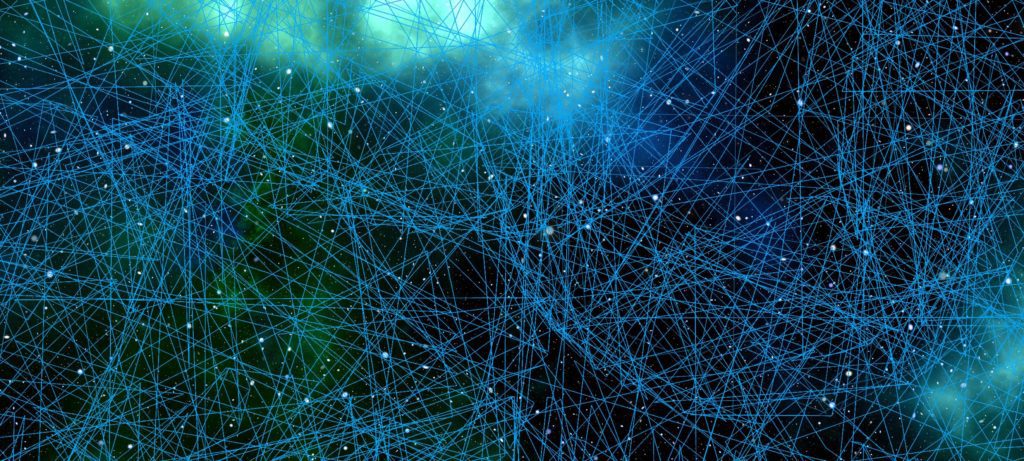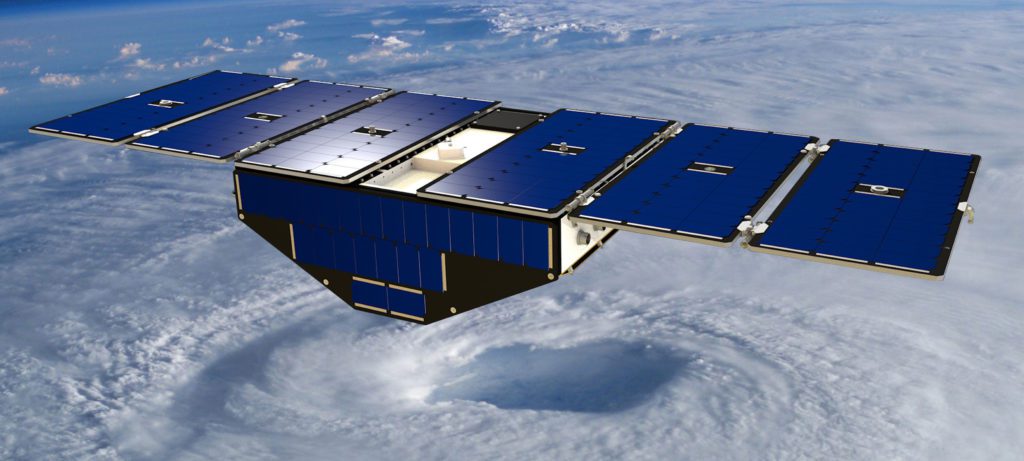They never released the woman’s name. News articles and government reports that came out in early 2017, months after her death, referred to her as “a Northern Nevada woman,” “a female Washoe County resident,” or something similarly vague. Her killer, however, they didn’t miss that: Carbapenem-resistant Enterobacteriaceae. Parse through those vowels and you’ll dig out the reason […]
The post The threat that never sleeps: Can science stop superbugs? appeared first on Michigan Engineering News.

 Michigan Engineering | University of Michigan
Michigan Engineering | University of Michigan 
